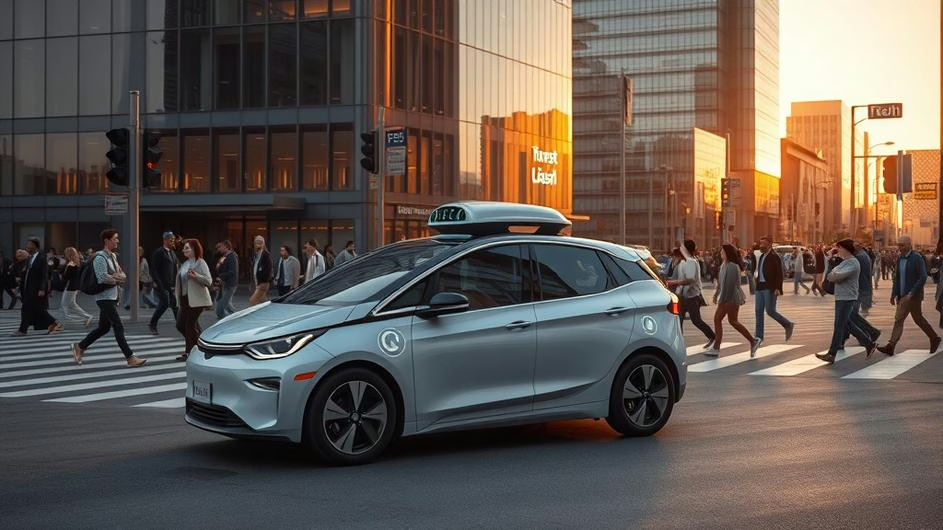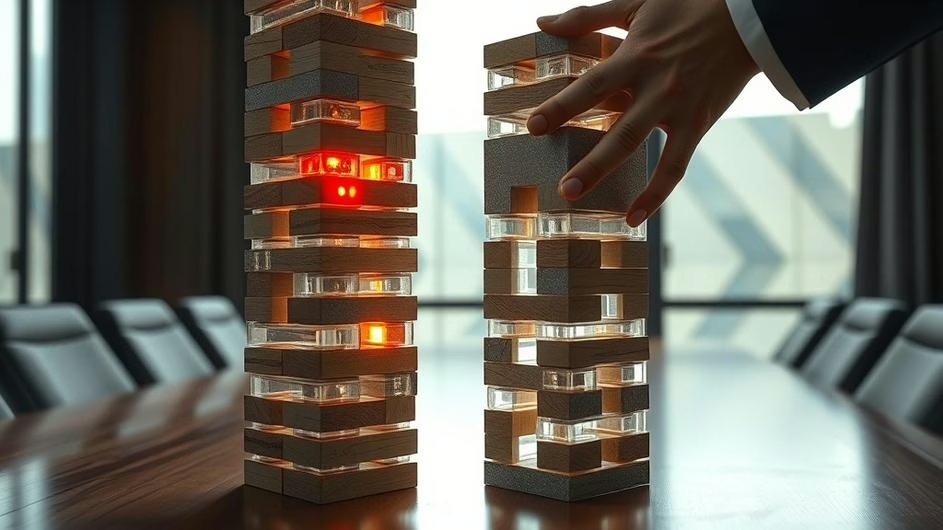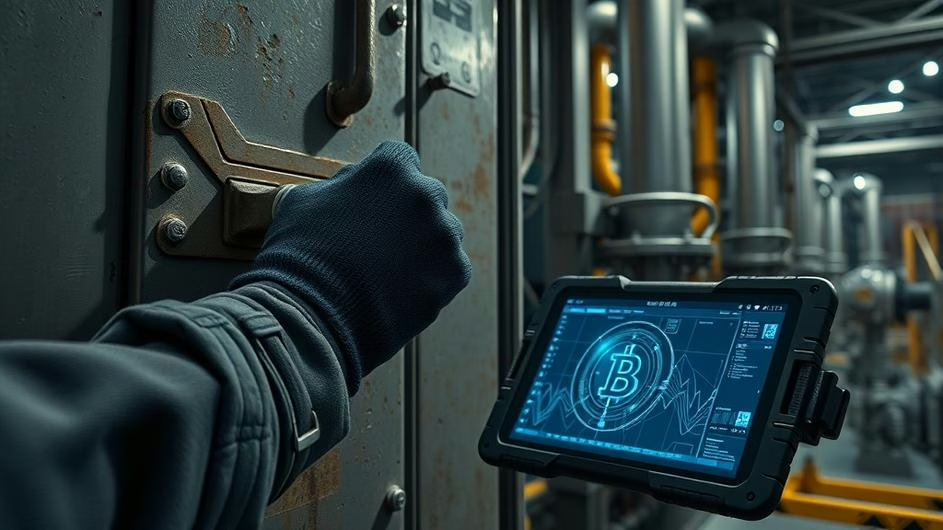
XR’s Global Surge: Samsung, Indian Partnerships, and the Battle to Define the Future of Immersive Tech
Extended Reality just went from science fiction curiosity to the next battleground for tech dominance. What’s driving this shift? Some of the biggest names in tech are placing massive bets on XR’s potential, and we’re seeing moves that could reshape consumer electronics as dramatically as the smartphone did fifteen years ago.
The latest headlines tell a fascinating story. Global giants are racing to perfect hardware while regional players are building the infrastructure that’ll support tomorrow’s augmented reality and virtual worlds. But this isn’t just about who builds the better headset. It’s about defining what our digital futures actually look and feel like.
Samsung’s Galaxy XR Takes Aim at Apple’s Crown
Samsung’s been teasing its XR ambitions for months, dropping hints at Galaxy events and showing off prototypes at Mobile World Congress. Now we’re getting our first real look at what they’ve been cooking up, and it’s clear they’re not messing around.
The Galaxy XR headset leaks reveal a device that’s gunning straight for Apple’s Vision Pro. But instead of just matching Apple’s premium approach, Samsung’s taking a different angle. They’re partnering with Google on something called Project Moohan, which runs on Android XR.
Why does this matter? Android XR could become what Android was to smartphones, a more open platform that developers can actually work with. We’ve seen how that played out in mobile, and it wasn’t great for Apple’s market share in the long run.
The hardware specs are impressive too. Samsung’s packing in Qualcomm’s Snapdragon XR2+ Gen 2, which is purpose-built for the kind of intensive processing that makes virtual reality experiences actually work. Hand tracking, eye tracking, spatial audio, the whole package. Early renders show a device that looks polished enough to sit next to the Vision Pro on store shelves.
But here’s what’s really interesting: Samsung isn’t trying to reinvent the wheel. They’re building on what works while fixing what doesn’t. The Vision Pro is undeniably impressive, but it’s also expensive and has limited software. Samsung’s betting they can solve both problems.
India’s Manufacturing Revolution
While Samsung and Apple duke it out in the premium segment, something bigger is happening in India. A partnership between QWR Interactive Solutions and Kaynes Technology India is building India’s first end-to-end XR manufacturing ecosystem.
This isn’t just another manufacturing deal. It’s India positioning itself as a serious alternative to China’s dominance in electronics production. QWR brings the design expertise and AI integration know-how, while Kaynes handles the large-scale fabrication. Together, they’re creating what Suraj Aiar, QWR’s CEO, calls “full-stack ownership of the XR value chain.”
What does that mean practically? Every component, from the waveguide optics that make AR possible to the final assembly, happens within India’s borders. That’s faster iteration, better customization, and enhanced security. It’s also job creation in exactly the fields that matter as XR grows up: hardware engineering, optics, and AI integration.
For the global tech ecosystem, this matters tremendously. China’s been the default choice for electronics manufacturing for decades, but geopolitical tensions and supply chain vulnerabilities are pushing companies to diversify. India’s not just offering an alternative, they’re building genuine expertise.
Beyond Hardware: The Real Competition
Here’s where things get really interesting for developers and crypto enthusiasts. The XR race isn’t just about who builds the best headset. It’s about ecosystems, platforms, and who controls the infrastructure of tomorrow’s digital worlds.
Think about it this way: we’re potentially looking at the birth of the next major computing platform. Just like smartphones created entirely new industries and use cases, XR could do the same. But unlike smartphones, where Apple and Google ended up controlling the platforms, this time there are more players with serious ambitions.
Samsung’s Android XR approach could democratize XR development the same way Android democratized mobile apps. That’s huge for the developer community, especially those working on blockchain applications and decentralized experiences. Imagine crypto wallets with native XR interfaces, or NFT galleries you can actually walk through.
The timing couldn’t be better either. As crypto adoption accelerates, having immersive interfaces for Web3 applications becomes increasingly valuable. We’re already seeing experiments with VR trading floors and AR-enhanced DeFi protocols.

What This Means for the Market
The convergence of premium hardware, open platforms, and diversified manufacturing is creating perfect conditions for XR to finally hit mainstream adoption. We’ve been hearing “this is the year of VR” for a decade, but this time feels different.
For one thing, the technology has caught up to the vision. Modern XR devices actually work well enough for daily use. The content ecosystem is maturing too, with everything from VR education platforms to enterprise collaboration tools.
More importantly, the business models are starting to make sense. Apple proved there’s a market for premium XR devices. Samsung’s betting there’s an even bigger market for more accessible ones. India’s manufacturing push suggests the supply chain can scale to meet demand.
The Road Ahead
Samsung’s Galaxy XR is expected to launch this month, setting up what could be the most important product comparison since the iPhone versus Android wars began. Early specs and renders suggest they’re serious about challenging Apple’s dominance.
But the real story is bigger than any single device. We’re watching the formation of the next major computing ecosystem. The winners won’t just be the companies that build the best hardware, but those that create the most compelling platforms and enable the richest developer ecosystems.
For crypto and Web3 builders, this represents a massive opportunity. XR interfaces could solve some of the user experience problems that have held back mainstream adoption. For traditional tech companies, it’s a chance to get in early on what could be the next smartphone-sized market.
The next few months will be crucial. Samsung’s launch will tell us whether there’s really room for multiple premium XR platforms. India’s manufacturing push will determine whether we can build a more resilient, diversified supply chain. And developers across the spectrum will start to show us what’s actually possible when AI meets immersive computing.
One thing’s certain: XR isn’t a passing trend anymore. The combined push from East and West is creating the foundation for how we’ll work, connect, and experience digital content for years to come. The only question is who’ll control that future, and whether it’ll be open enough for everyone to participate.
Sources
- QWR and Kaynes partner to build India’s first end-to-end XR device manufacturing ecosystem, Telematics Wire, October 7, 2025
- Samsung’s Galaxy XR headset leaks in full, and it has the Apple Vision Pro in its sights, PhoneArena, October 9, 2025
- Exclusive: Samsung Galaxy XR ‘Project Moohan’ Headset Official Renders and Information, Android Headlines, October 9, 2025
- Samsung’s VR headset Project Moohan leaks in full, GSMArena.com, October 9, 2025
- Samsung’s ‘Project Moohan’ leaks as Galaxy XR, with renders, screenshots, and specs, 9to5Google, October 9, 2025






























































































